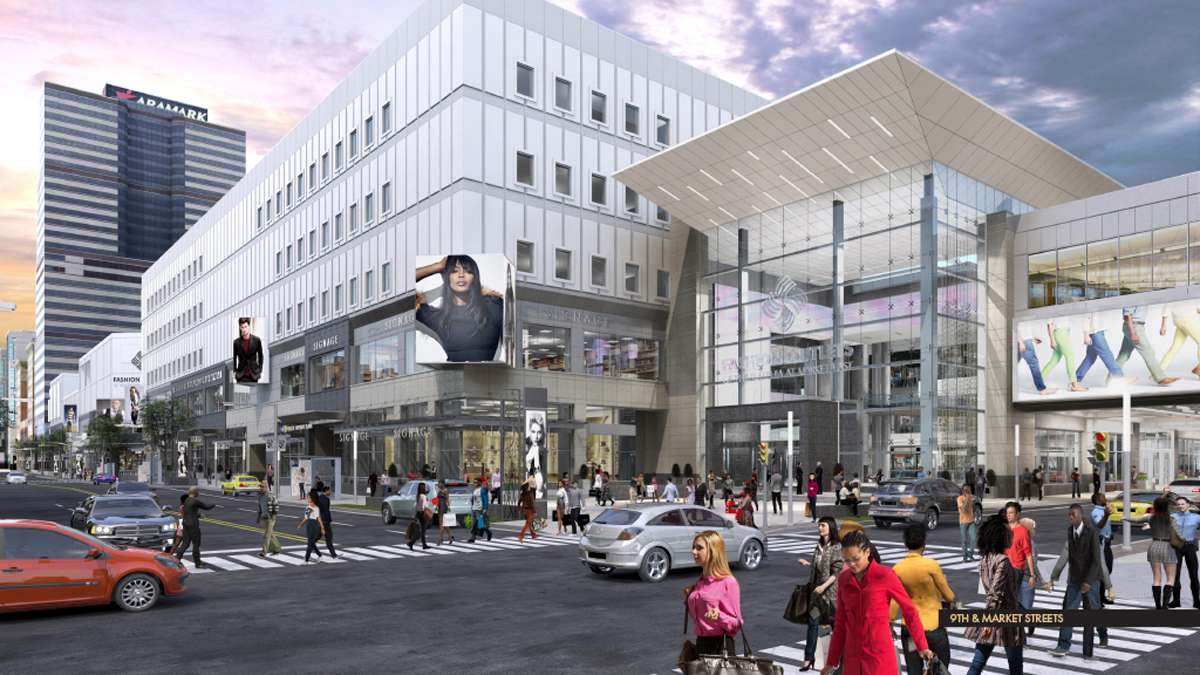Squilla introduces stack of bills for Gallery redevelopment

Councilman Mark Squilla introduced 10 separate measures in City Council on Thursday meant to grease the wheels for the planned renovation of The Gallery on East Market Street.
The biggest city investment in the project comes in the form of a $55 million Tax Increment Financing (TIF) package, which would allow the Gallery owners to borrow money against rising tax bills, and divert its increased tax liability to pay off the debt over 20 years. That package would be combined with the city’s continued payment of certain maintenance costs for 40 years, worth about $58 million, and another $35 million investment from the state.
The bills introduced by Squilla also authorize the transfer of the land itself—spanning 8th to 11th and Market to Filbert streets—from the City to PREIT, the owners of the Gallery. The land is being transferred for a nominal fee.
The School Reform Commission voted last week to approve the TIF. City Council’s approval will be required as well. Council President Darrell Clarke expressed support for the Gallery’s redevelopment in a statement released by Mayor Michael Nutter. Councilman Wilson Goode, Jr., who has questioned the use of TIFs in the past, said he’s not likely to support the incentive.
“I believe that public investment is probably warranted,” Goode said on Thursday. “It’s a significant economic development project. I generally don’t believe in the practice of TIFs, so I don’t expect to be for it, but we’ll see if they can convince me.”
Also included in the package of bills is a resolution creating a Neighborhood Improvement District in the three-block area of the Gallery. The NID wouldn’t operate like other improvement districts, which provide cleaning and security services for targeted areas, according to city officials. Instead, it would establish a potential revenue source to secure the developer’s loans borrowed against the TIF.
“I think it’s more for financing,” said Councilman Squilla. “If they can’t get enough money to close the gap, they could therefore then have the NID in place so there tenants would then help them close the gap in financing. That’s the point and purpose of it.”
Alan Greenberger, the city’s deputy mayor for economic development, said the NID was proposed in order to assure potential financiers that loans could be paid off in the event that property-tax increases don’t meet projections. (A PlanPhilly analysis found that, in Philadelphia, they usually don’t.)
“It’s a technical thing that is going to be useful in helping get the TIF financed,” Greenberger said.
Recommended reading:
-
Jeff Gammage got the first look at the plans for the Gallery’s redevelopment.
-
Nathaniel Popkin considers the evolution of the mall at Hidden City.
-
In March, Dan McQuade went searching for the Gallery’s essential qualities.
WHYY is your source for fact-based, in-depth journalism and information. As a nonprofit organization, we rely on financial support from readers like you. Please give today.






